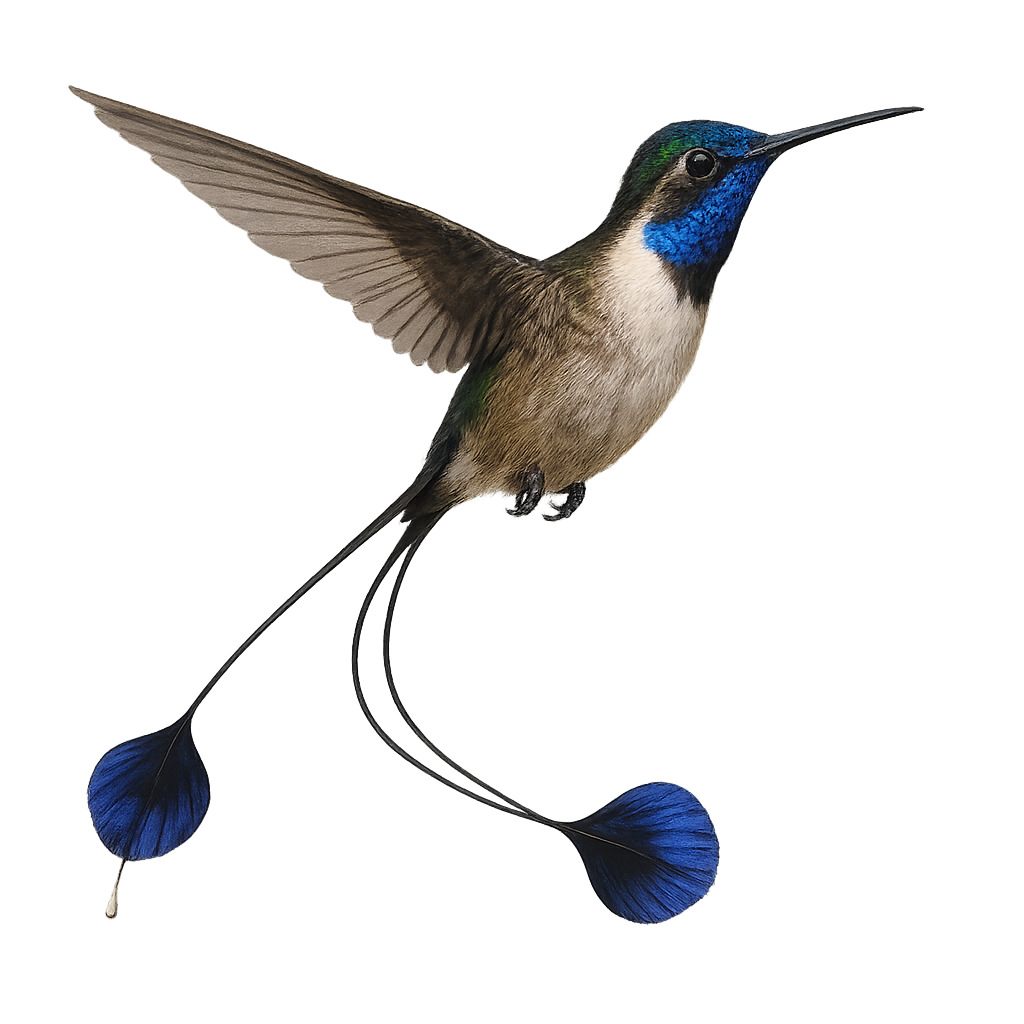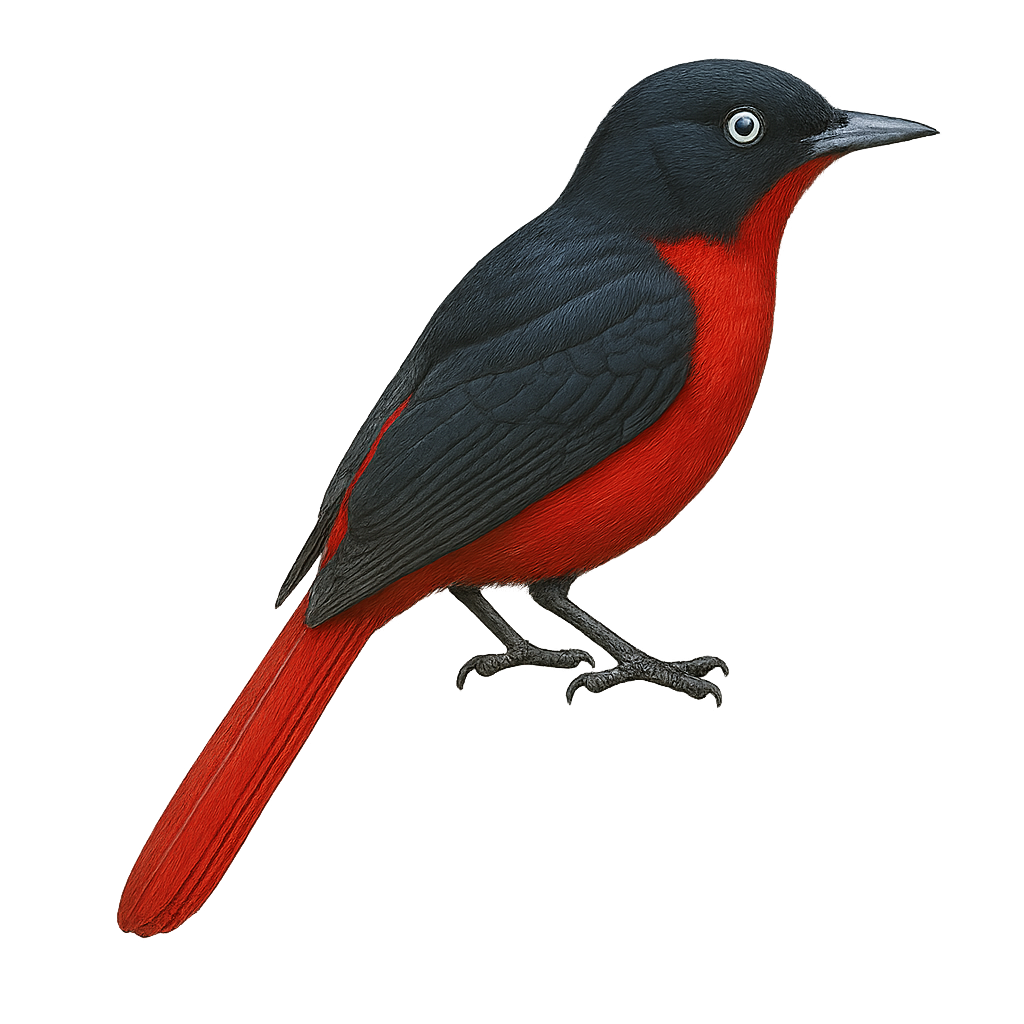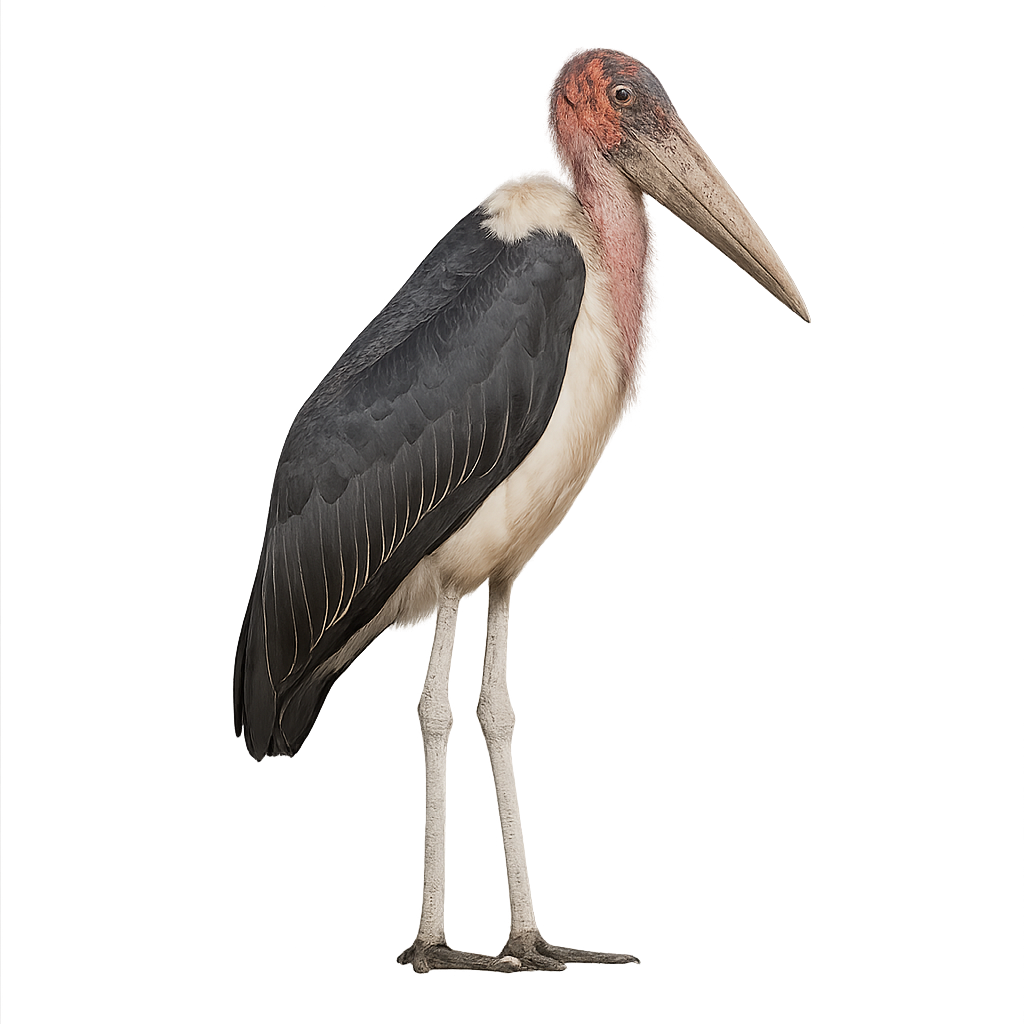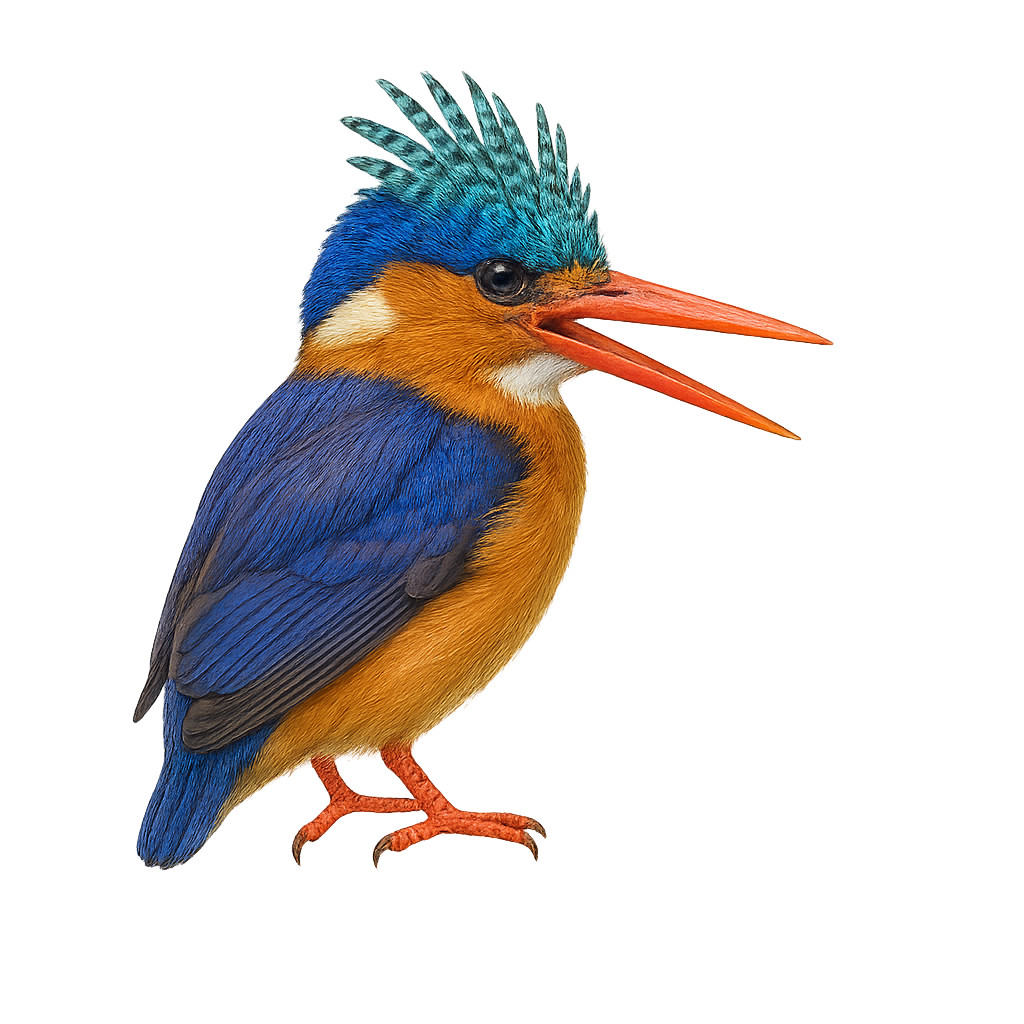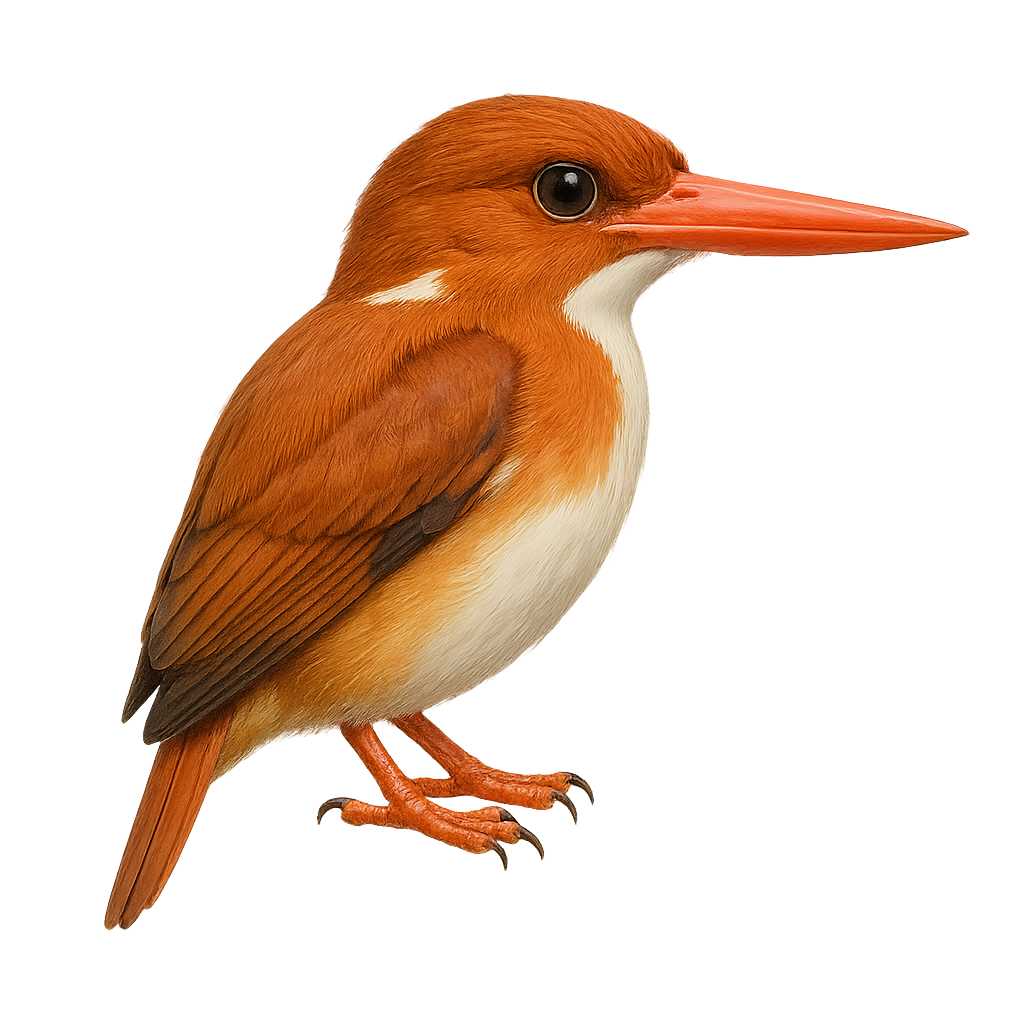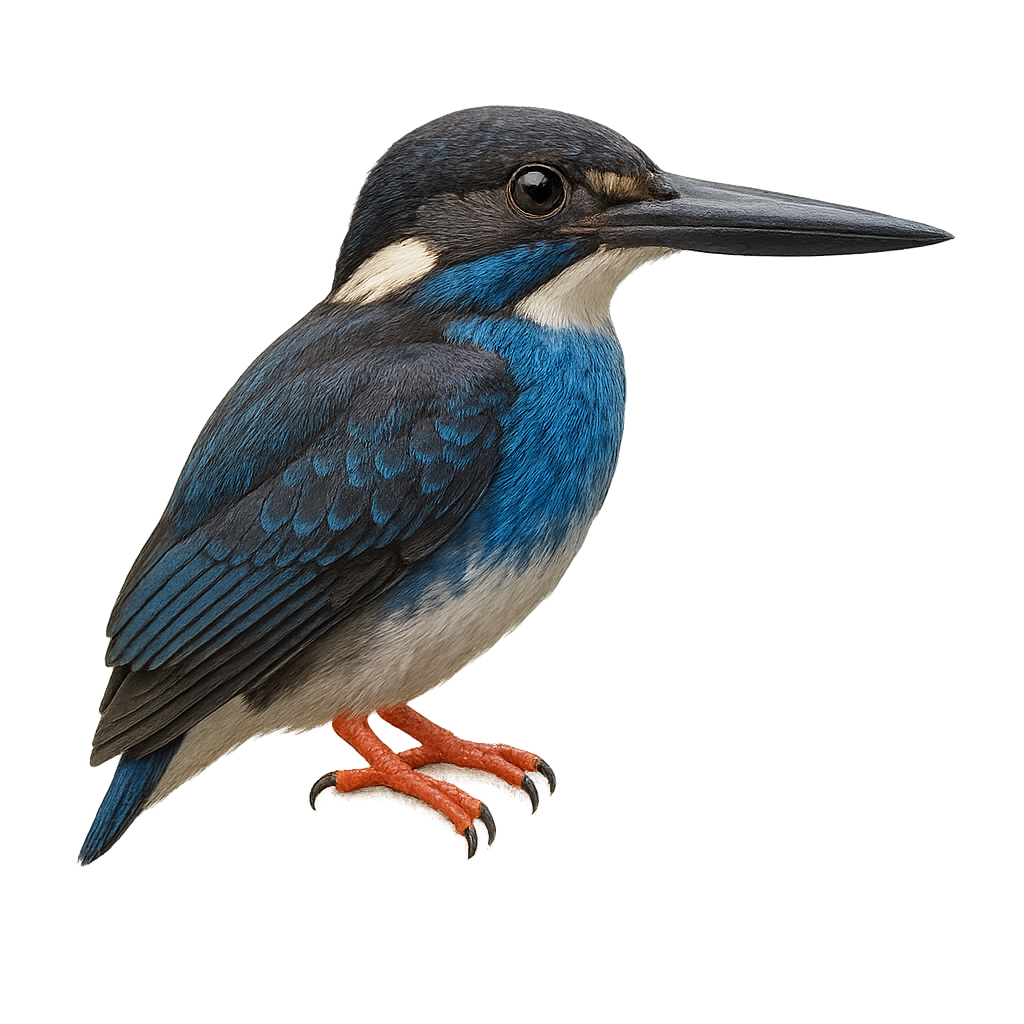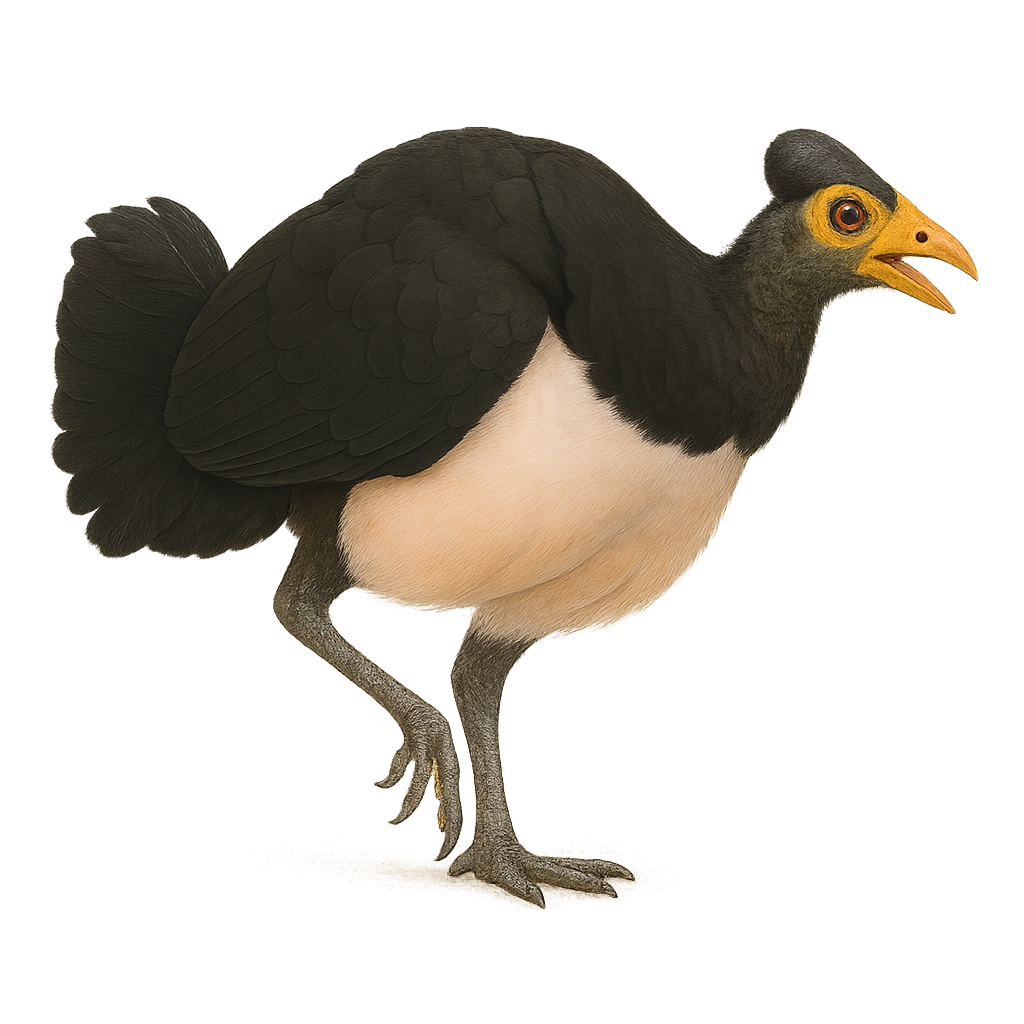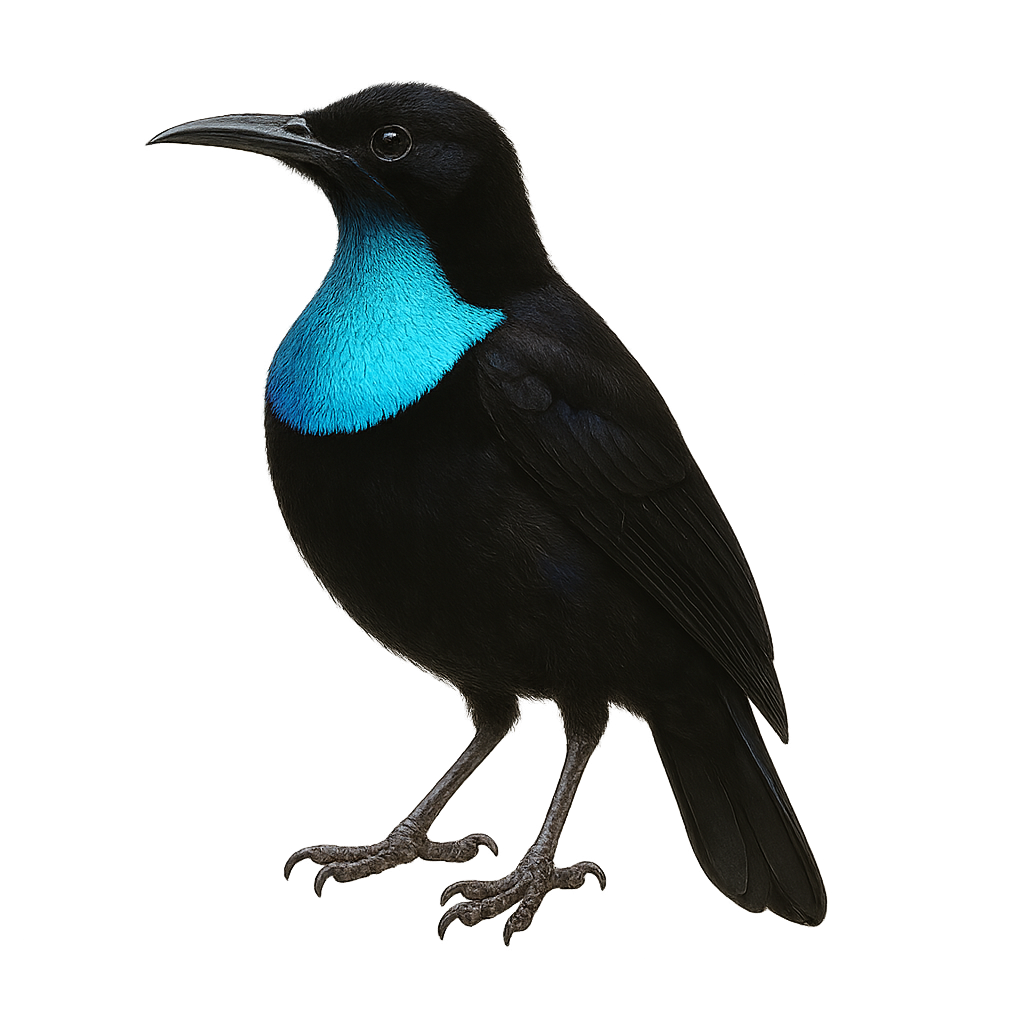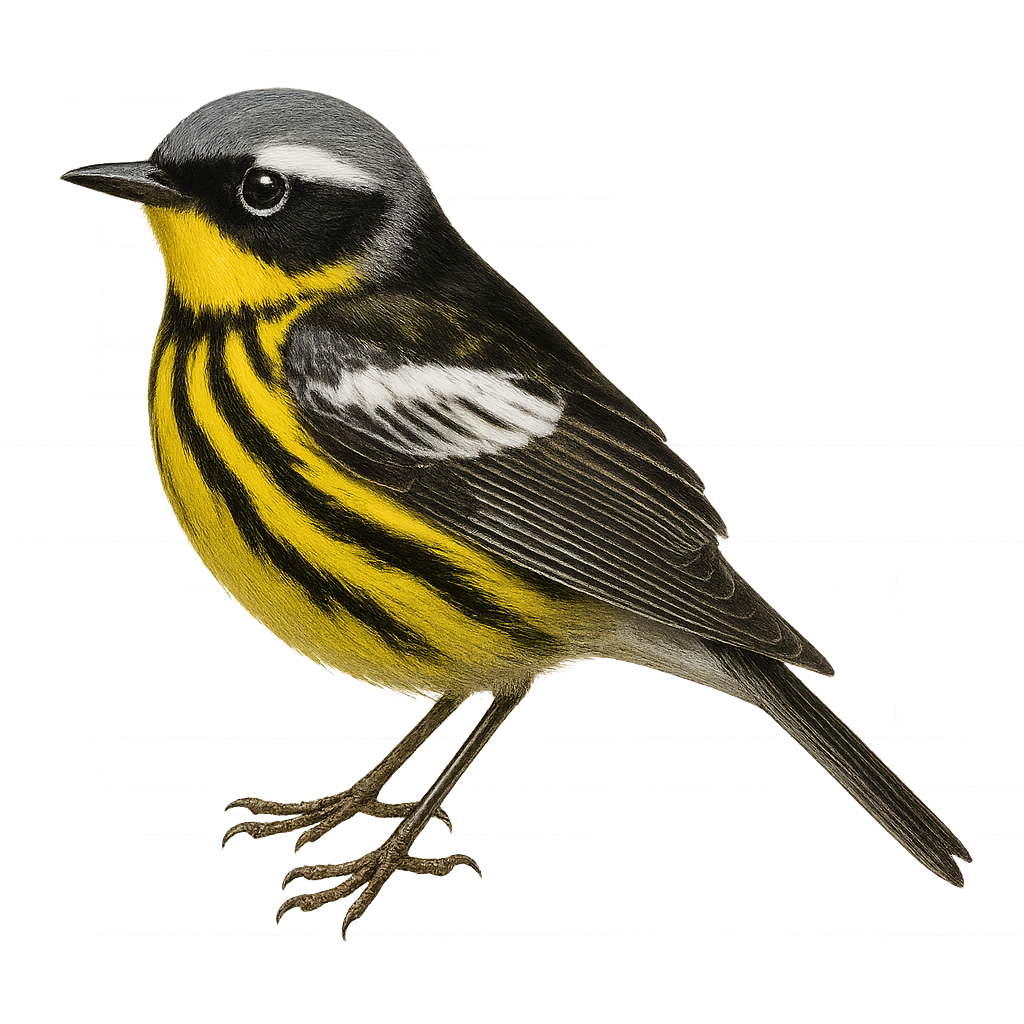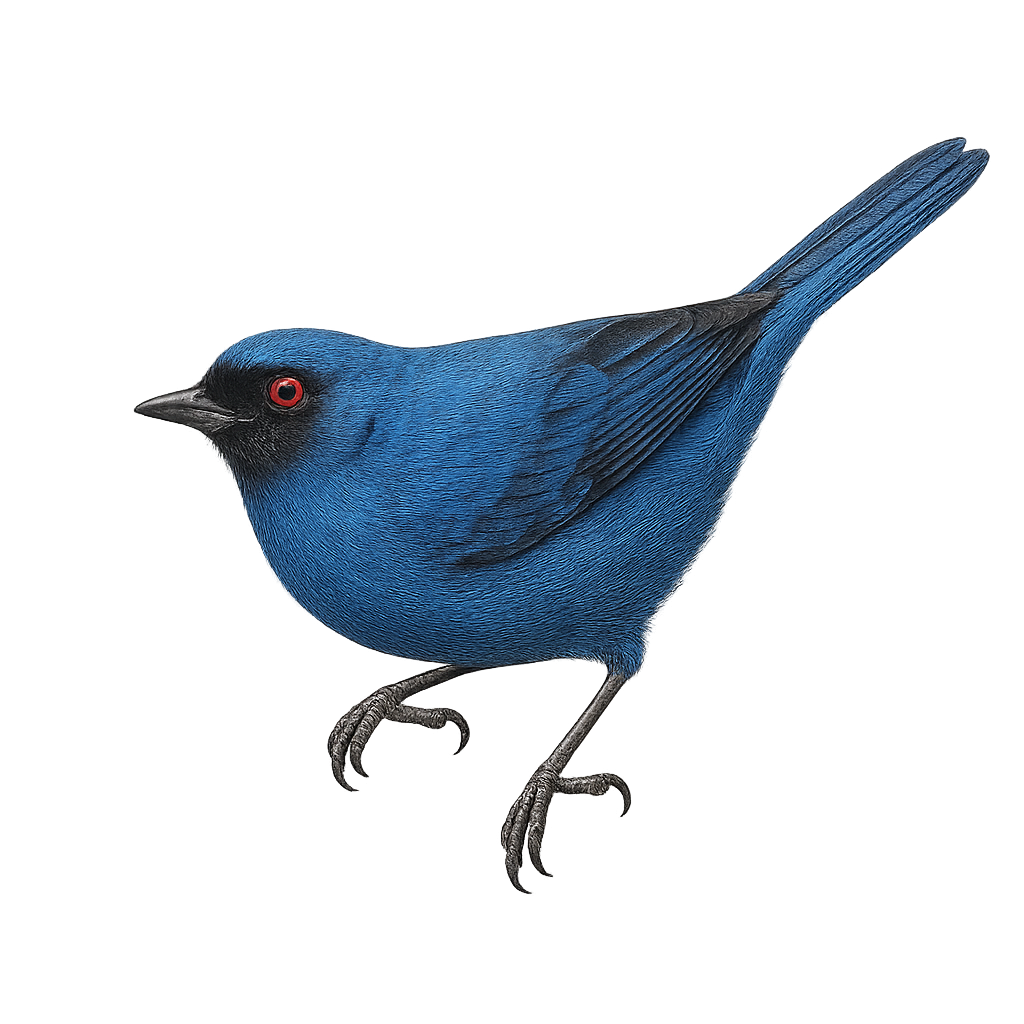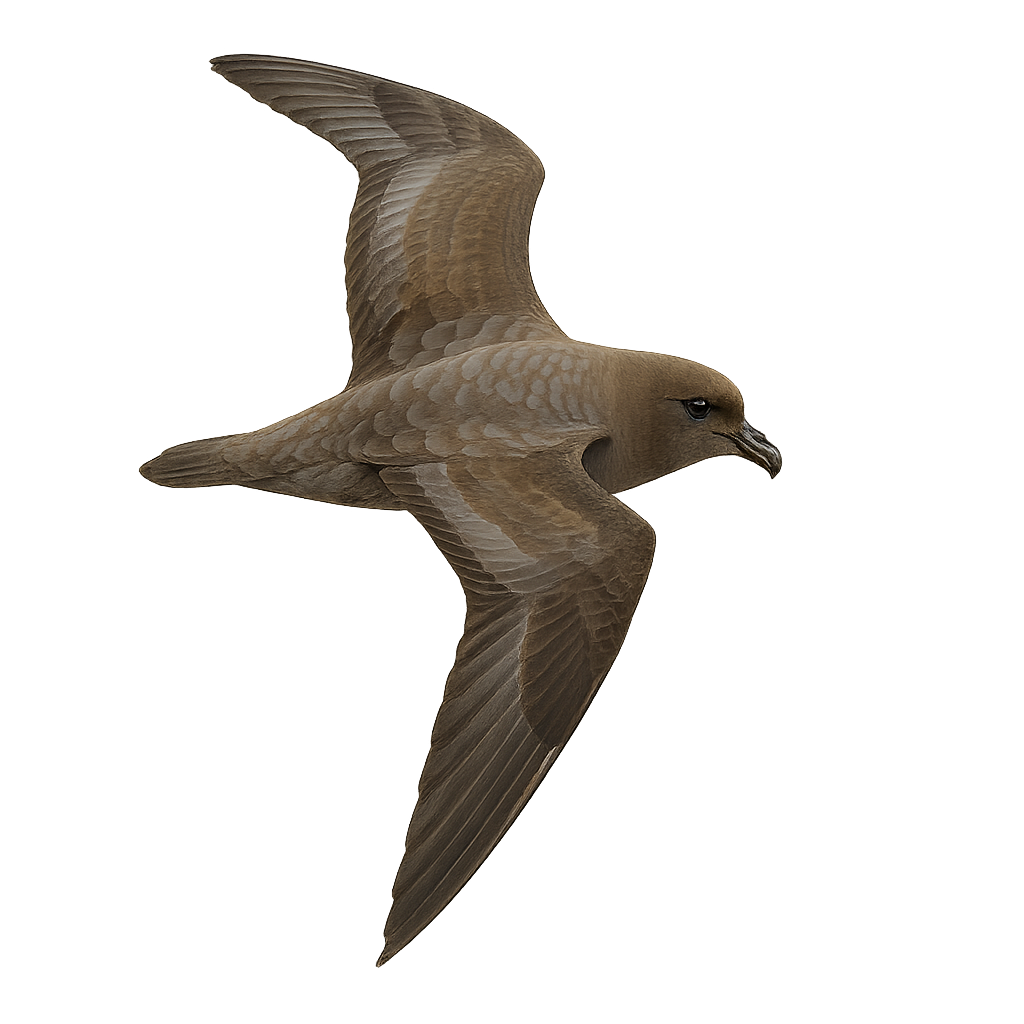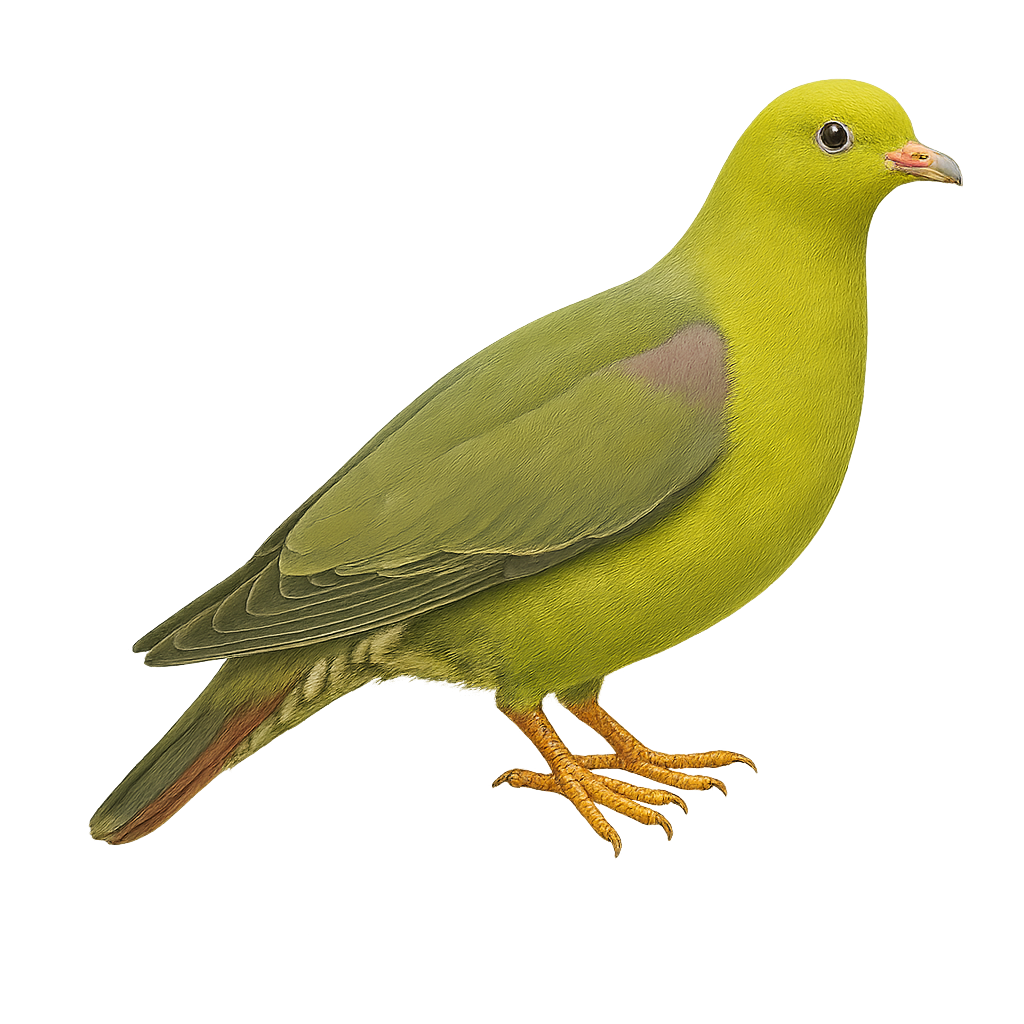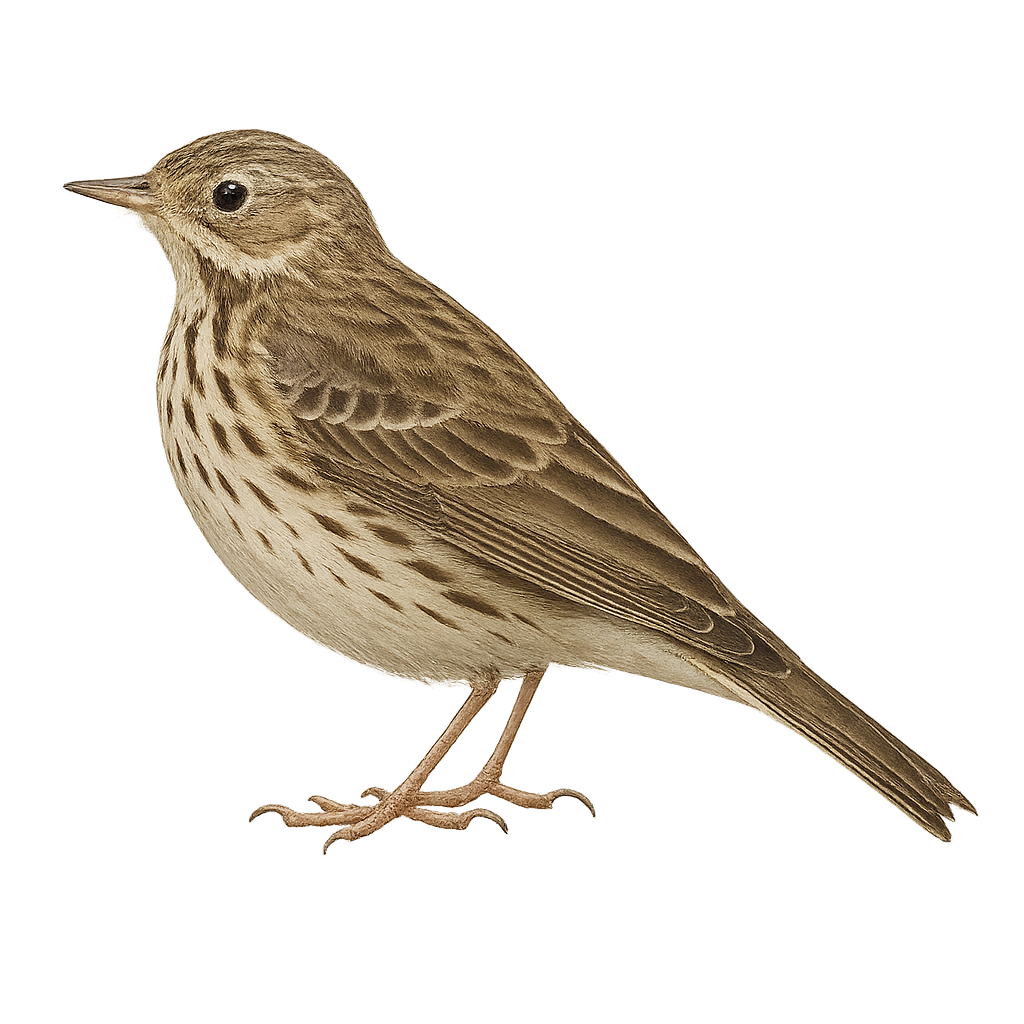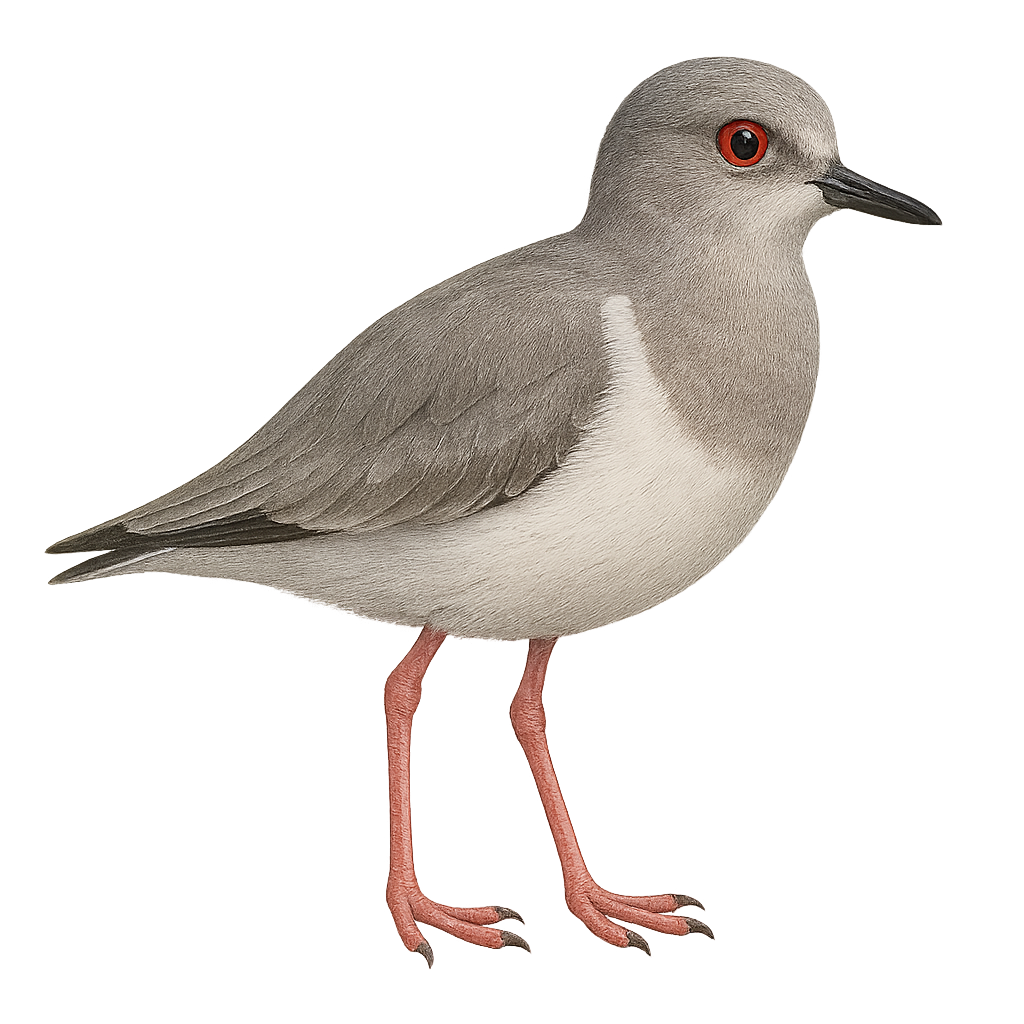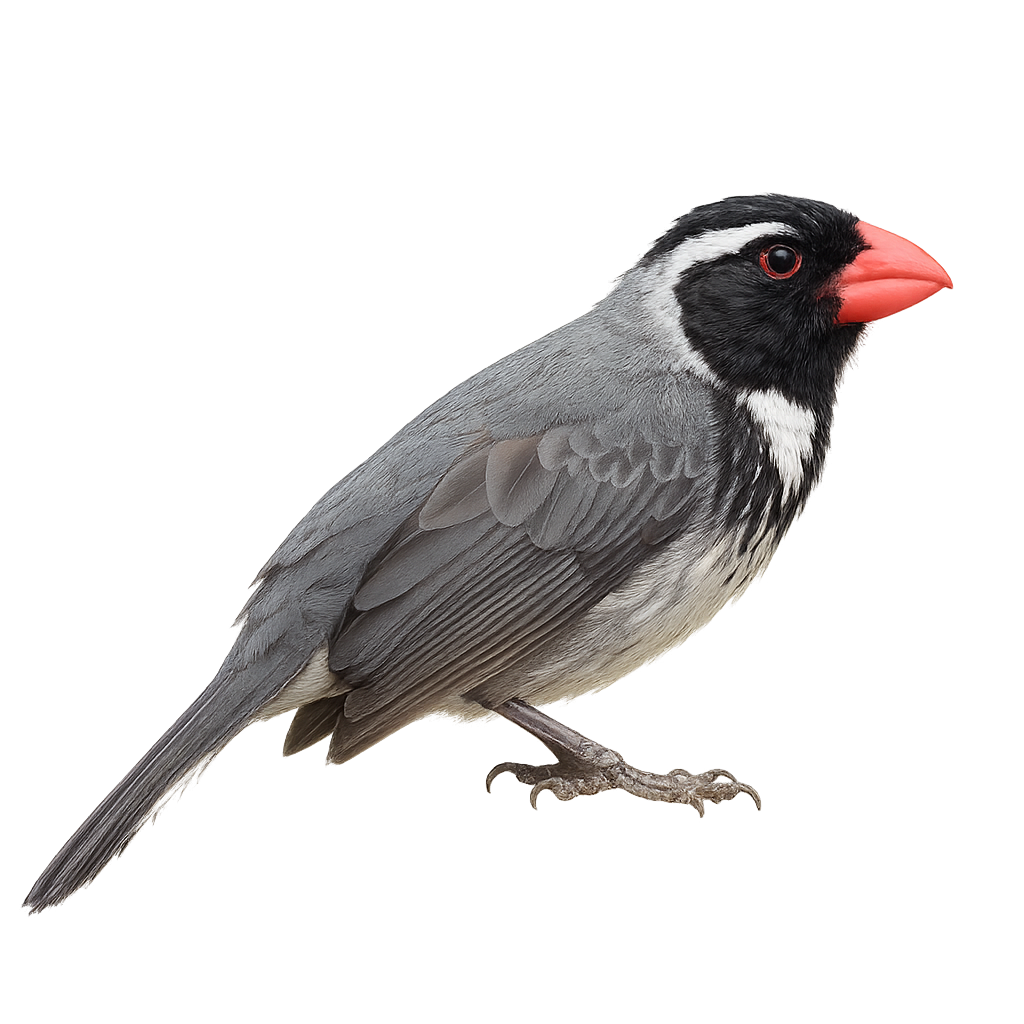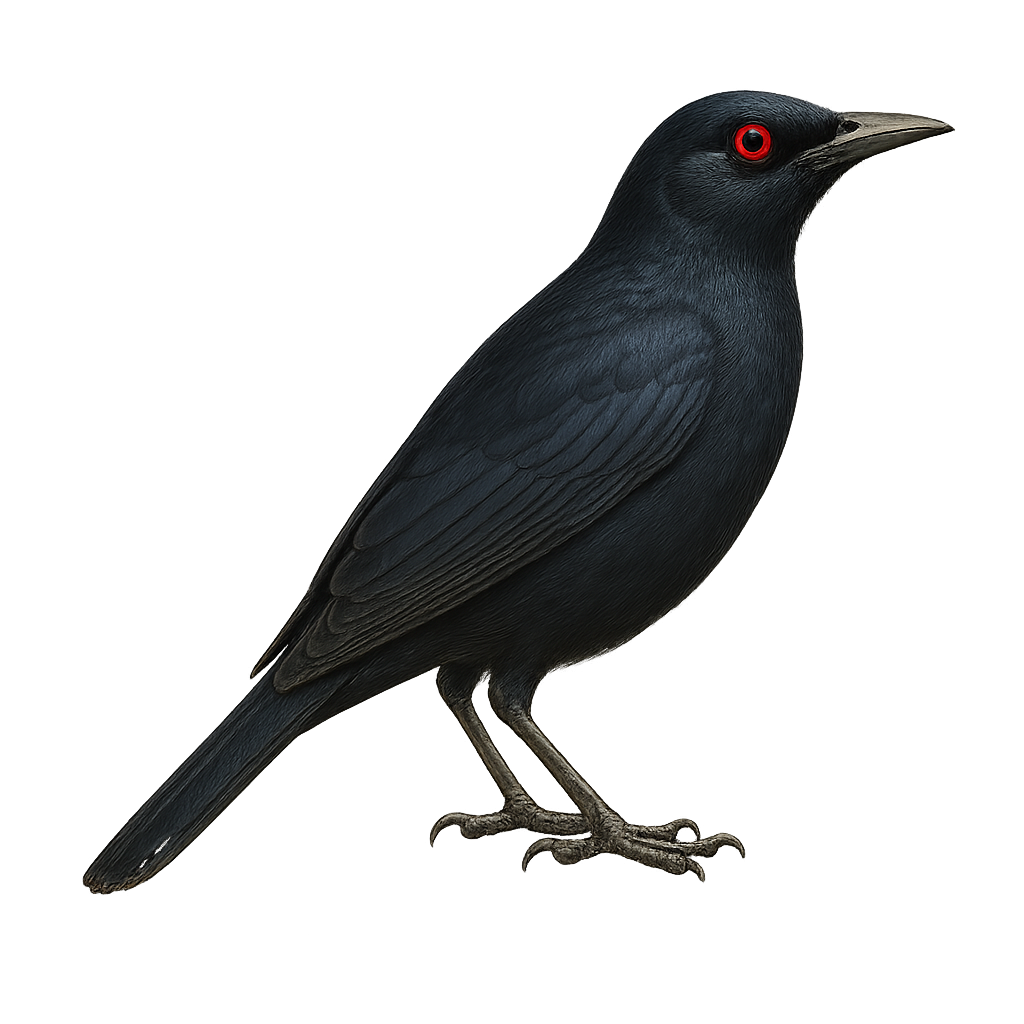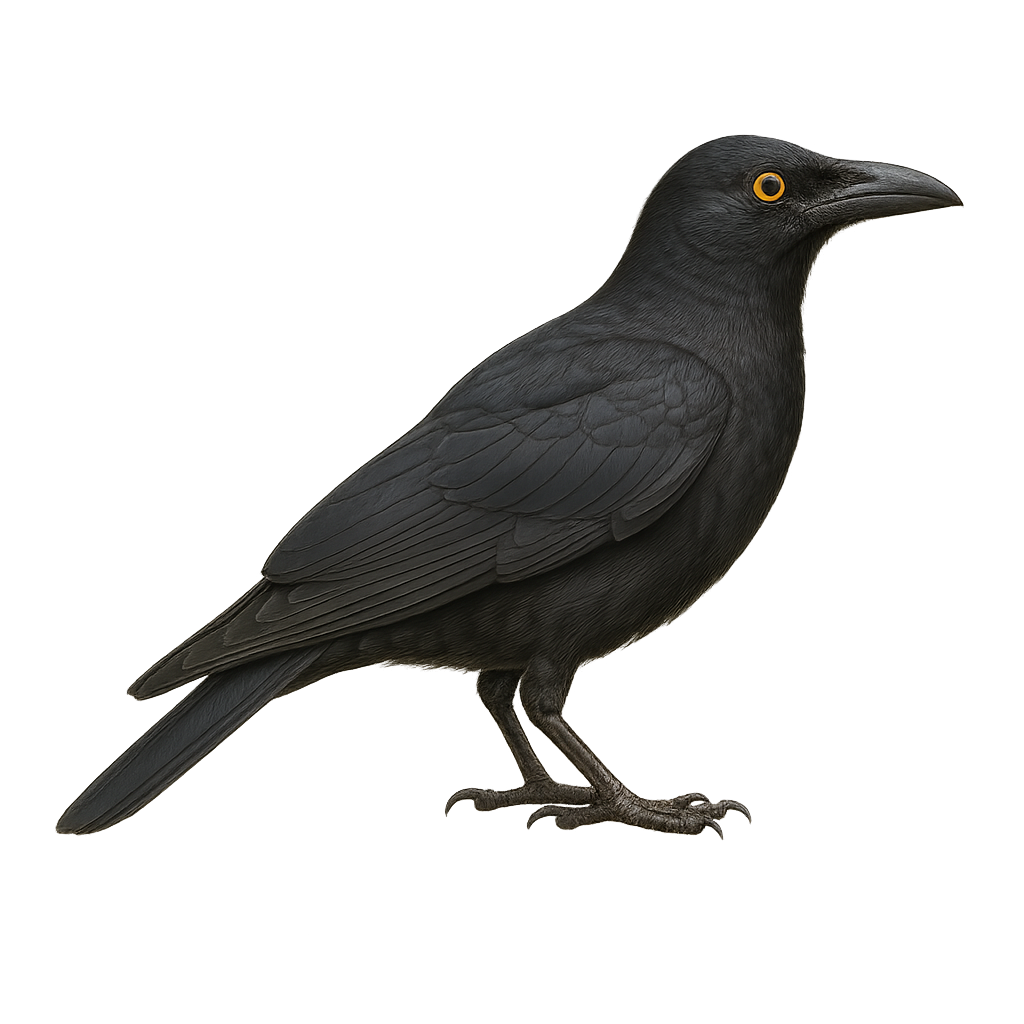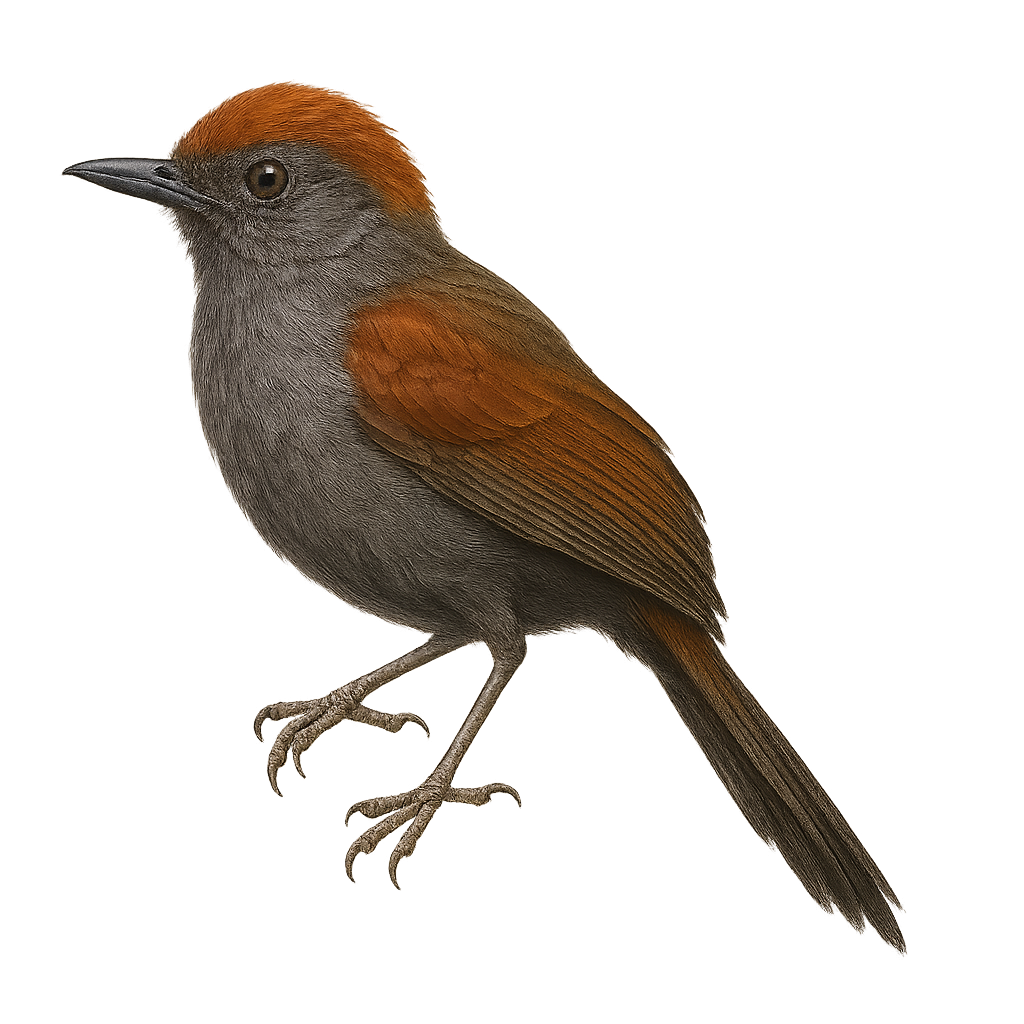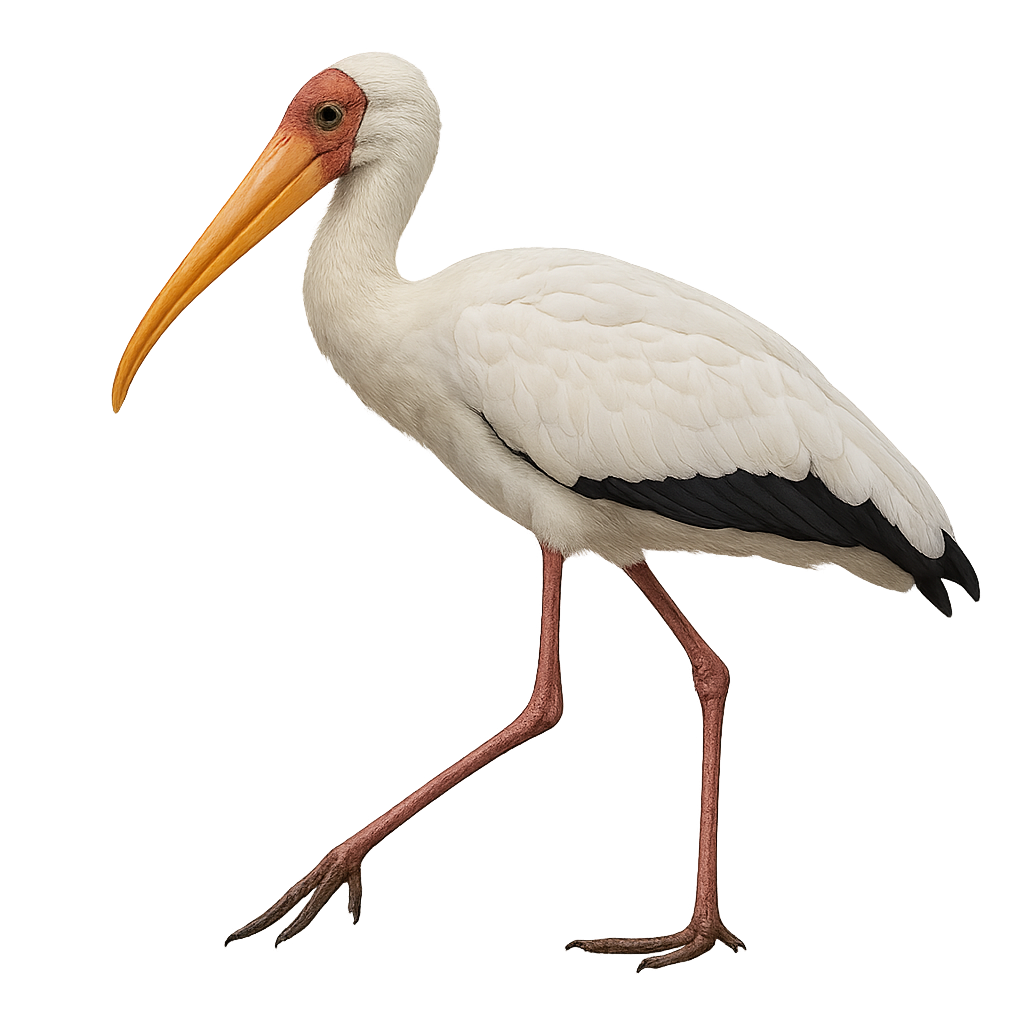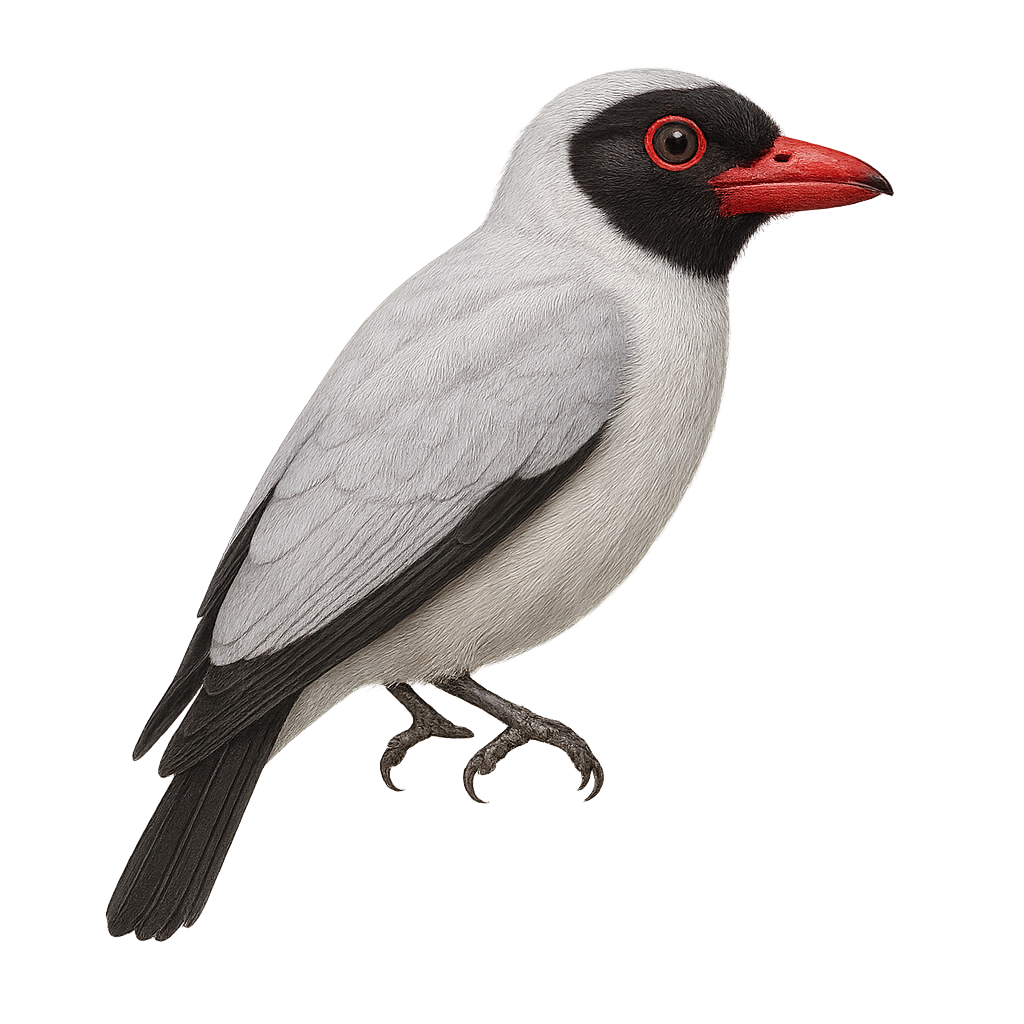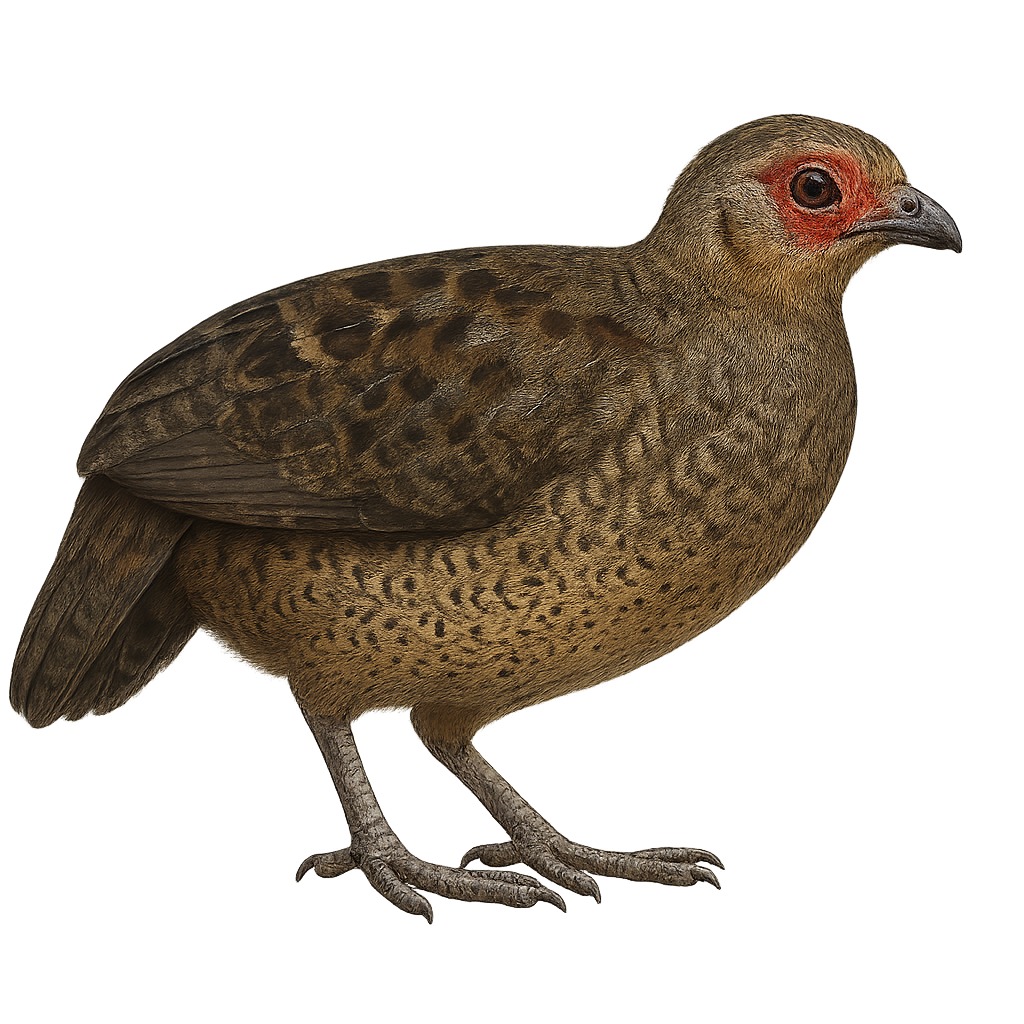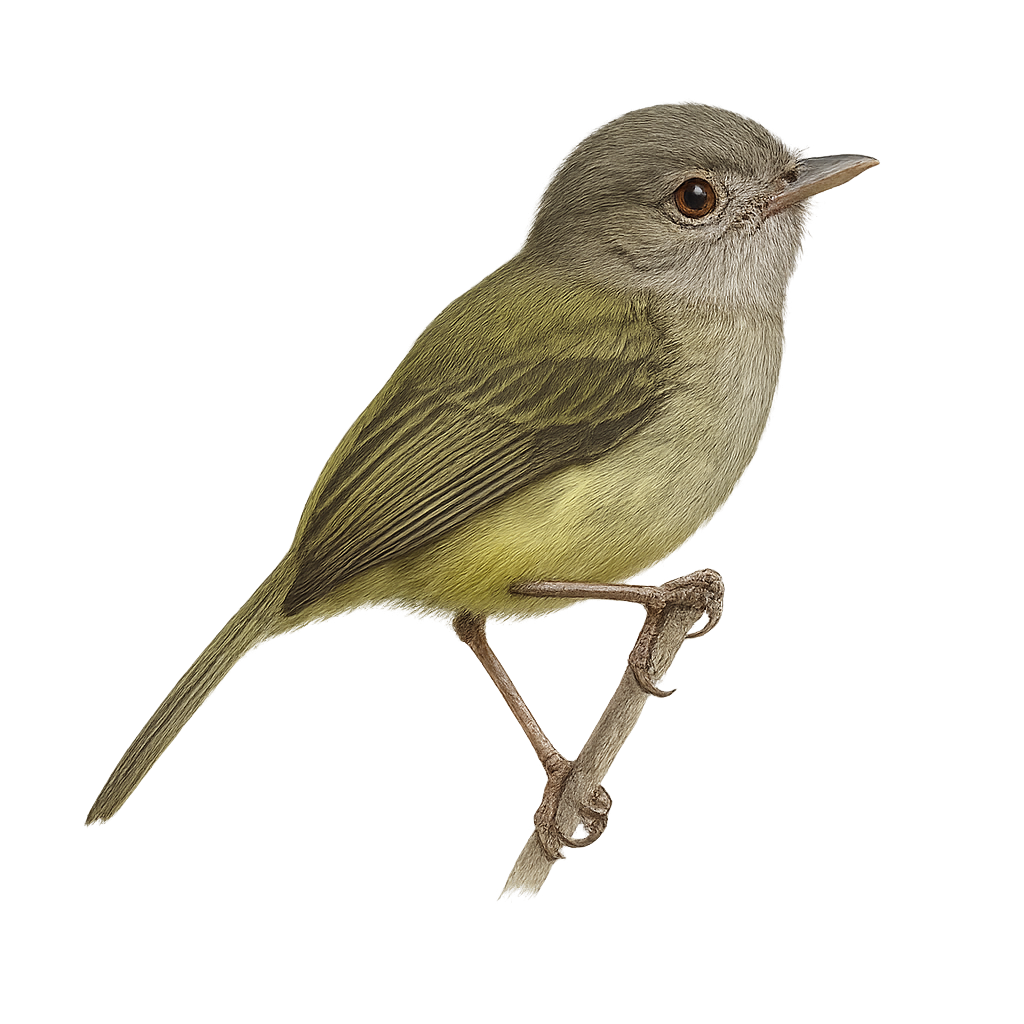The Marvelous Spatuletail, or Loddigesia mirabilis, is a fascinating and rare bird endemic to Peru. This hummingbird is famous for its spectacular tail feathers, which end in racket-shaped spatules. Males display vibrant plumage with bright colors, while females are more subdued. They primarily inhabit cloud forests and wooded areas at altitudes between 2100 and 2900 meters. Their diet mainly consists of nectar, which they extract while hovering, and insects. Their behavior is generally suspicious, making them a challenge for birdwatchers and photographers to observe.
The Maroon Oriole, or Oriolus traillii, is a striking bird known for its vibrant plumage and elusive presence in the forests of Southeast Asia. With colors ranging from bright red to deep black, it blends skillfully into dense foliage. This bird is primarily arboreal, feeding on fruits, insects, and nectar. Its melodious song often echoes through the trees, although spotting it remains a challenge for birdwatchers. The Maroon Oriole is a partial migrant, moving according to seasons to find food resources. It builds suspended nests, often well-hidden, where it carefully raises its young.
The Magellanic Penguin, Spheniscus magellanicus, is a species of penguin found primarily along the coasts of South America, particularly in Argentina, Chile, and the Falkland Islands. This medium-sized penguin stands about 70 cm tall and weighs between 3 and 6 kg. It is easily recognizable by its black and white plumage, with two distinctive black bands around its neck and chest. Magellanic Penguins are marine birds that primarily feed on fish and crustaceans. They are known for their long annual migrations, sometimes traveling thousands of kilometers to find breeding and feeding grounds. Although they are socially tolerant, they can be aggressive when defending their nests.
The African marabou is a large wading bird native to sub-Saharan Africa, easily recognized by its bare head, long neck, and mostly white plumage with black shades. It primarily lives in open areas near bodies of water, where it feeds on fish, dead animals, and waste. While it is not threatened, it is often associated with urban environments and can be seen in dumps. It is a solitary bird with a rather slow and discreet approach.
The Malachite Kingfisher, Corythornis cristatus, is a small, vibrantly colored bird found primarily in sub-Saharan Africa. It is easily recognized by its distinctive crest and bright plumage, which features shades of blue, orange, and white. This kingfisher frequents the banks of rivers, lakes, and marshes, where it primarily hunts fish and aquatic insects. It is often seen perched on a branch or reed, patiently watching for prey before diving with precision to catch it. Despite its small size, it is an efficient and agile predator. Its breeding season varies by region, but it is generally monogamous and territorial during this time.
The Madagascar Pygmy Kingfisher, or Corythornis madagascariensis, is an endemic bird of Madagascar, known for its striking plumage. It features a bright blue head and back, contrasting with a white chest and belly. This small bird, measuring about 13 to 15 cm, is often seen near water bodies, where it primarily hunts small fish and insects. Its long, pointed beak is perfectly adapted for catching aquatic prey. Though discreet, its melodious song often echoes in the island's humid forests and mangroves. It symbolizes Madagascar's unique biodiversity, but its population is threatened by deforestation and habitat degradation.
The Malaysian Blue-banded Kingfisher, Alcedo peninsulae, is a fascinating bird primarily inhabiting the tropical rainforests and mangroves of the Indo-Malayan region. This small bird, measuring about 16 cm in length, is recognizable by its bright blue plumage, darker blue wings and tail, and orange chest. It primarily feeds on small fish and aquatic insects, which it captures by diving precisely into the water. Although discreet, it is often spotted thanks to its sharp, piercing call. Its presence is an indicator of the health of the aquatic ecosystems it inhabits.
The Maleo, or Macrocephalon maleo, is an endemic bird of Sulawesi, Indonesia. Recognizable by its distinctive black crest and black-and-white plumage, this bird is famous for its unique breeding method. Unlike most birds, the maleo buries its eggs in the warm sands of volcanic or geothermal beaches, using natural heat for incubation. Once hatched, the chicks must fend for themselves, digging their way to the surface and flying immediately. The maleo is an endangered species, mainly due to habitat loss and egg collection by humans. Conservation efforts are underway to protect this fascinating bird and its natural habitat.
The marsh tit is a small passerine bird found primarily in broadleaf forests, thickets, and wetland areas across Europe and Asia. It is easily recognized by its light brown plumage, black crown, and white belly. This small bird primarily feeds on insects, seeds, and berries, which it finds in the foliage and underbrush. The marsh tit is also known for its curious behavior and soft song.
The Morepork, or Ninox novaeseelandiae, is a medium-sized owl native to New Zealand and Australia. It is easily identified by its brown plumage speckled with white and its large yellow eyes. This nocturnal raptor is an agile hunter, feeding primarily on insects and small mammals. Its distinctive call, resembling "more-pork," is often heard in forests and wooded areas. The Morepork is a solitary bird, although it can be seen in pairs during the breeding season. It prefers dense forest habitats but can also be found in urban gardens and parks.
The Ptiloris magnificus, or Magnificent riflebird, is a bird of the Paradisaeidae family, renowned for its striking plumage and spectacular courtship displays. Males display glossy black feathers with metallic blue and green sheens, while females are more subdued in brown tones. This bird is endemic to the rainforests of New Guinea and northeastern Australia. It primarily feeds on fruits and insects. Males perform intricate dances to attract females, showcasing their feathers and producing distinctive sounds. Although their habitat is threatened by deforestation, they are not currently critically endangered.
The Magnolia Warbler is a small songbird in the Parulidae family, known for its vibrant plumage and distinctive markings. The male features a black back with white streaks and a bright yellow belly, while the female has duller colors. These migratory birds breed primarily in the coniferous forests of Canada and the northern United States, wintering in Central America. They feed mainly on insects and larvae, capturing them by flitting agilely among branches. Their melodious song is often heard in spring, heralding the breeding season. Although their population is stable, deforestation and habitat loss pose potential threats.
The Masked Flowerpiercer is a small, colorful bird from the Thraupidae family, primarily found in the montane forests of South America. It is distinguished by its bright blue plumage and the black mask around its eyes. This bird is often seen piercing flowers to feed on nectar, hence its English name "Flowerpiercer". It plays a significant role in the pollination of plants in its habitat. Although primarily frugivorous, it also consumes insects. Its presence is an indicator of the health of montane ecosystems.
The Murphy's Petrel, or Pterodroma ultima, is a medium-sized seabird belonging to the Procellariidae family. It is primarily found in the South Pacific, especially around the Pitcairn Islands and the Tuamotu Archipelago. This bird is characterized by its gray-brown plumage, long slender wings, and graceful, agile flight. The Murphy's Petrel feeds mainly on fish and squid, which it catches by diving into the ocean. It nests on remote islands, digging burrows in the ground to lay its eggs. Although its conservation status is concerning, efforts are underway to protect its breeding habitats.
The Magellanic Woodpecker, or Campephilus magellanicus, is a large black and white woodpecker, easily identified by the male's bright red crest. It primarily inhabits the temperate forests of Patagonia, in Argentina and Chile. This forest bird feeds mainly on wood-boring insects, which it finds by drilling into dead or diseased trees. It plays a crucial role in the ecosystem by controlling pest insect populations and creating cavities that provide shelter for other species. Although its habitat is relatively stable, it is vulnerable to deforestation and forest fragmentation.
The Middle Spotted Woodpecker is a medium-sized bird from the woodpecker family, primarily found in deciduous and mixed forests of Europe and Asia. It measures about 23 to 26 cm in length, with a wingspan of 40 to 45 cm, and weighs between 60 and 100 g. Its plumage is primarily black and white, with a red head in males and a red patch on the nape in females. The Middle Spotted Woodpecker is an excellent climber, using its strong beak to dig into tree bark in search of insect larvae, ants, and small arthropods. It generally lives in older, less disturbed forests, but its population can be threatened by deforestation and the loss of its natural habitat.
The magpie is a very social and intelligent bird found primarily in Europe, Asia, and North Africa. It is easily recognized by its black and white plumage, long beak, and long, pointed tail. The magpie is omnivorous, feeding on insects, small vertebrates, fruits, seeds, and even human scraps. It is also known for its curious nature and its habit of collecting shiny objects for its nest.
The Treron australis, or Madagascar Green Pigeon, is a bird species endemic to Madagascar. This pigeon is notable for its bright green plumage, which provides excellent camouflage in the island's tropical forests. It has a sturdy beak and short legs, well-suited to its arboreal lifestyle. The Treron australis primarily feeds on fruits, playing a crucial role in seed dispersal within its habitat. It is often seen in small flocks, moving quietly through the canopy. Although its conservation status is concerning due to deforestation, it remains relatively common in protected areas.
The meadow pipit is a small passerine bird found primarily in meadows, cultivated fields, and farmland across Europe and Asia. It is distinguished by its brown streaked plumage on its back and belly, as well as its furtive movement and melodious song. This bird primarily feeds on insects and seeds, which it searches for in tall grasses. During the breeding season, it performs song flights, a characteristic that makes it easy to spot in its habitat.
The Magellanic Plover is a unique bird, often mistaken for plovers, although it belongs to a distinct family. It is endemic to the southern regions of South America, particularly in Patagonia. This bird is characterized by its pale gray plumage, pink legs, and black bill. It primarily inhabits the shores of lakes and lagoons, where it feeds on aquatic invertebrates. The Magellanic Plover is monogamous and territorial, building its nest on the ground, often near water. Its population is considered stable, although limited to a restricted range. It is of interest to ornithologists due to its unique behavior and particular taxonomic status.
The Manx Shearwater, Puffinus puffinus, is a medium-sized seabird, measuring about 30 to 38 cm in length with a wingspan of 76 to 89 cm. Its plumage is predominantly black above and white below, allowing it to blend into its marine environment. Known for its long migrations, this bird travels thousands of kilometers between its breeding sites in Europe and wintering grounds in South America. It nests in burrows on isolated islands, often in dense colonies. The Manx Shearwater feeds mainly on fish and squid, diving underwater to catch its prey. Although relatively common, it is vulnerable to introduced predators at its nesting sites.
The Masked Saltator, or Saltator cinctus, is a medium-sized bird belonging to the Thraupidae family. It is primarily found in the humid forests and wooded areas of the Andes, where it is recognized by its olive-green plumage and lighter belly. Its head features a distinctive black mask that contrasts with its white throat. This bird is often seen in small groups or pairs, feeding on fruits, seeds, and insects. Although relatively discreet, its melodious and powerful song can be heard throughout the canopy. The Masked Saltator plays a crucial role in seed dispersal, aiding in forest regeneration.
The Many-colored Chaco Finch is a captivating bird native to the dry and semi-arid regions of South America. It is easily recognizable by its vibrant and multicolored plumage, which gives it a unique appearance among passerines. This bird measures about 18 cm in length and features a combination of colors ranging from bright yellow to deep black, with touches of white and gray. It is often seen in small groups, feeding primarily on seeds and insects. The Many-colored Chaco Finch is a resilient bird, capable of adapting to various habitats, although it prefers bushy areas and open savannas. Its ability to blend into its environment while displaying striking plumage makes it a favorite subject for ornithologists and wildlife photographers.
The Micronesian Starling, or Aplonis pelzelni, is a bird endemic to the Micronesian islands. This medium-sized passerine features a glossy black plumage with metallic sheens, making it particularly attractive to observe. It is often seen in small groups, feeding mainly on fruits, insects, and nectar. Its song is melodious and varied, contributing to the soundscape of the tropical forests it inhabits. Although relatively tolerant of human presence, its population is threatened by deforestation and the introduction of invasive species. Conservation efforts are crucial to preserving this unique bird and its natural habitat.
The Micronesian Starling, scientifically known as Aplonis opaca, is a medium-sized bird in the Sturnidae family. It is predominantly found in the islands of Micronesia, inhabiting diverse environments from dense forests to urban areas. This passerine is notable for its glossy black plumage with metallic sheen and bright yellow eyes. It is omnivorous, feeding on fruits, insects, and occasionally small vertebrates. Its song is varied and melodious, often heard at dawn and dusk. Although generally sociable, it can become territorial during the breeding season.
The McConnell's Spinetail is a small bird from the Furnariidae family, primarily found in the humid forests and wooded areas of South America, particularly in Venezuela, Guyana, and Brazil. It is characterized by its reddish-brown plumage and long, tapered tail. This bird is often seen in pairs or small groups, actively moving through foliage in search of insects and other small invertebrates. Although discreet, its high-pitched, repetitive song often betrays its presence. The McConnell's Spinetail is a resilient bird, capable of adapting to various habitats, yet it remains sensitive to deforestation and the loss of its natural habitat.
The Milky Stork, Mycteria cinerea, is a large wading bird found in the wetlands of Southeast Asia, particularly in Indonesia and Malaysia. It is characterized by its striking white plumage, long red legs, and yellow bill. This bird is often seen foraging in shallow waters, feeding mainly on fish, crustaceans, and aquatic insects. Unfortunately, the Milky Stork is classified as vulnerable due to habitat loss and hunting. Conservation efforts are crucial to ensure its long-term survival.
The Masked Tityra, or Tityra semifasciata, is a medium-sized bird belonging to the Tityridae family. It is characterized by its predominantly white plumage with black wings and tail, and a bright red patch around the eyes. This bird is often found in the tropical and subtropical forests of Central and South America, where it primarily feeds on fruits and insects. The Masked Tityra is a social bird, often seen in small groups or pairs. Its song is a mix of whistles and chirps, adding to the natural soundscape of its habitat. Although relatively common, preserving its habitat is crucial for its survival.
The Marbled Wood-Quail, or Odontophorus gujanensis, is a terrestrial bird primarily inhabiting the dense tropical forests of South America. It is recognizable by its marbled brown plumage, which provides excellent camouflage. This medium-sized bird measures about 25 to 30 cm in length and weighs between 300 and 400 grams. It is mainly terrestrial, often moving in small groups in search of food, which consists mainly of seeds, fruits, and insects. Its ability to remain still and silent makes it difficult to spot in its natural habitat. The Marbled Wood-Quail is also known for its loud and melodious calls, often heard at dusk.
The Miranda's Tyrannulet, or Hemitriccus mirandae, is a small passerine bird belonging to the Tyrannidae family. Endemic to Brazil, it primarily inhabits lowland humid forests. This small bird measures about 10 cm in length and is distinguished by its olive-green plumage, brown wings, and lighter belly. It is often seen foraging for food, mainly insects, in dense undergrowth. Although discreet, its high-pitched and repetitive song can be heard from a distance. The Miranda's Tyrannulet is a poorly studied species, making its behavior and biology largely unknown. However, it is considered vulnerable due to increasing deforestation in its natural habitat.


